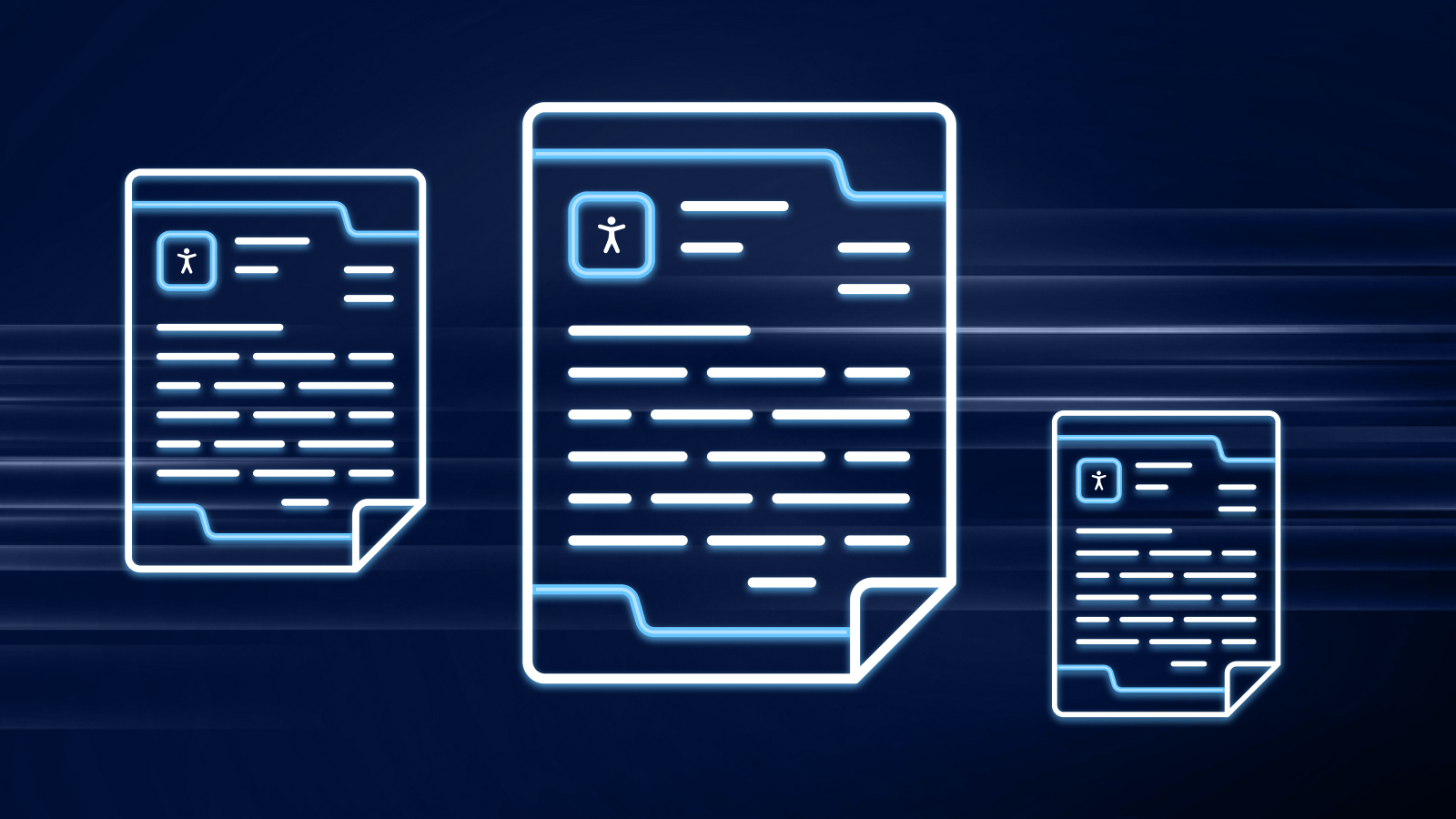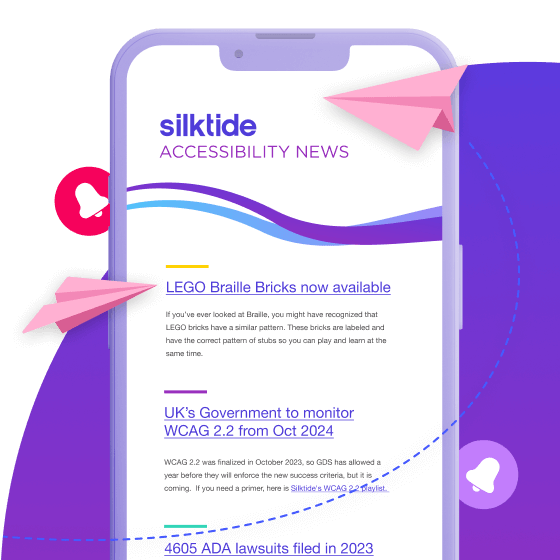It can feel overwhelming to know where to start with intentionally being more inclusive in your business. You may recognize that it’s important and the right thing to do, but you could also feel that you don’t have the time, expertise, or capacity needed to make meaningful improvements.
As a web manager learning about digital accessibility, I’ve certainly felt like, “If I can’t be aware of and fix everything, will I open myself up to criticism by starting to make an effort?” Or, “I can influence accessibility on the website I manage, but what about the business’s other online/offline touchpoints, how can I ensure they’re inclusive?”
It’s been a case of putting my ego/fear of falling short aside and controlling what I can control. A written commitment to your users is a strong place to start. It can help you to build trust, prioritize improvements and provide accountability.
What you need to know first
As with any plan or strategy, you need to know where you’re starting from. You could completely outsource this and have a digital accessibility audit. These typically cover automated accessibility testing (using tools) and manual accessibility auditing (with people.
A thorough audit will give you an overview of where the barriers are that could impact the experience of disabled people or those with situational impairments. It may also provide recommendations on how to apply fixes.
However, this level of audit can be prohibitive, particularly for smaller businesses or larger ones with multiple websites
How to structure your statement
There isn’t a fixed structure for how you should structure your statement, but I’d advise including:
What website/s and/or apps does the statement cover?
Is it your primary domain or does it include any subdomains or other websites that your business owns?
Why is your organisation publishing this statement?
It’s tempting to write a generic statement about your business ‘being committed to as many people as possible being able to use the website’, but consider how you are going to achieve this and the trust you will risk if you don’t.
What level of compliance are you aiming for?
Most businesses will aim for the Web Content Accessibility Guidelines (WCAG) 2.1 Level AA. This is an industry standard but try not to be blinkered by it, as disability is a spectrum and every person’s experience is different. You may uncover in testing that there are barriers a user experiences that fall outside of WCAG’s criteria. Also, WCAG 2.2 has arrived.
What efforts have you made so far?
A summary of what you are confident isn’t currently creating barriers for users. This could include technical set-up: being able to zoom in up to 300% without the text spilling off the screen, being able to navigate most of the website using just a keyboard, etc. It could be doing regular testing with disabled users. It could be making your website text as simple as possible to understand.
Where do you know you need to improve?
It’s also important to acknowledge where improvements are needed. You may not be able to fix everything immediately, but it helps to be open about priorities and areas you’re currently working on. You could also include a link to a live roadmap.
How do you continually assess accessibility?
Websites are always evolving and accessibility is a long-term commitment, so it’s good to share how you plan ongoing improvements. This could be through regular testing with users with disabilities, regularly scanning the website with tools like the Silktide Accessibility Checker, or something less comprehensive like Google Lighthouse.
If users encounter a barrier, who can they contact?
A named or team contact and email address/phone number are useful for the user to be able to report any issues, for you to gather feedback, and to understand how a user may experience your website outside of test conditions. Be clear about what information you need to action any reports; the page/s, any assistive technology user, browser, device, etc.
An accessibility statement should be maintained like other legal documents on your website, such as your cookie or GDPR policy. That doesn’t mean it needs to be written in ‘legalese. Like all text throughout your website, it’s much more likely to be read and understood if you write in plain English (see this guide from Content Design London).
If you’re part of a public sector organization, GOV.UK gives clear guidance on what to include to be compliant with legal requirements and a sample accessibility statement.

